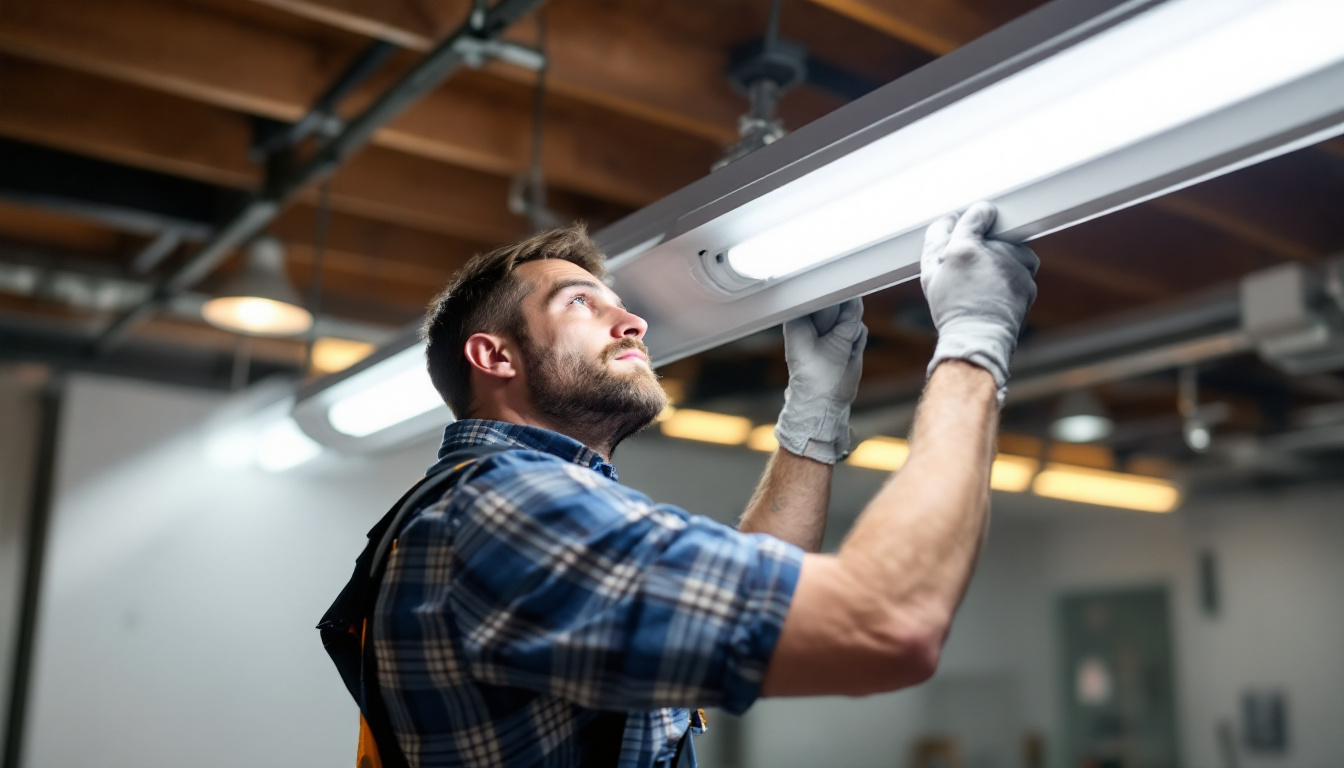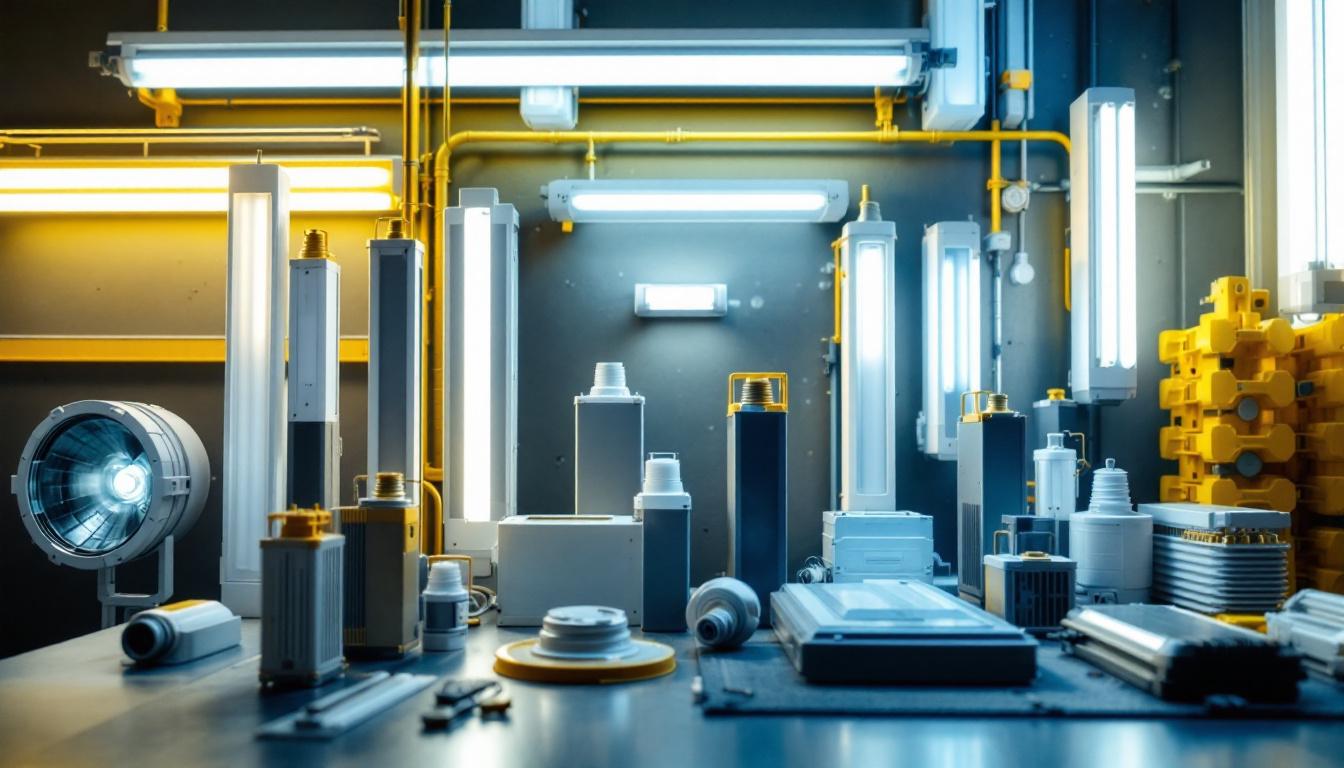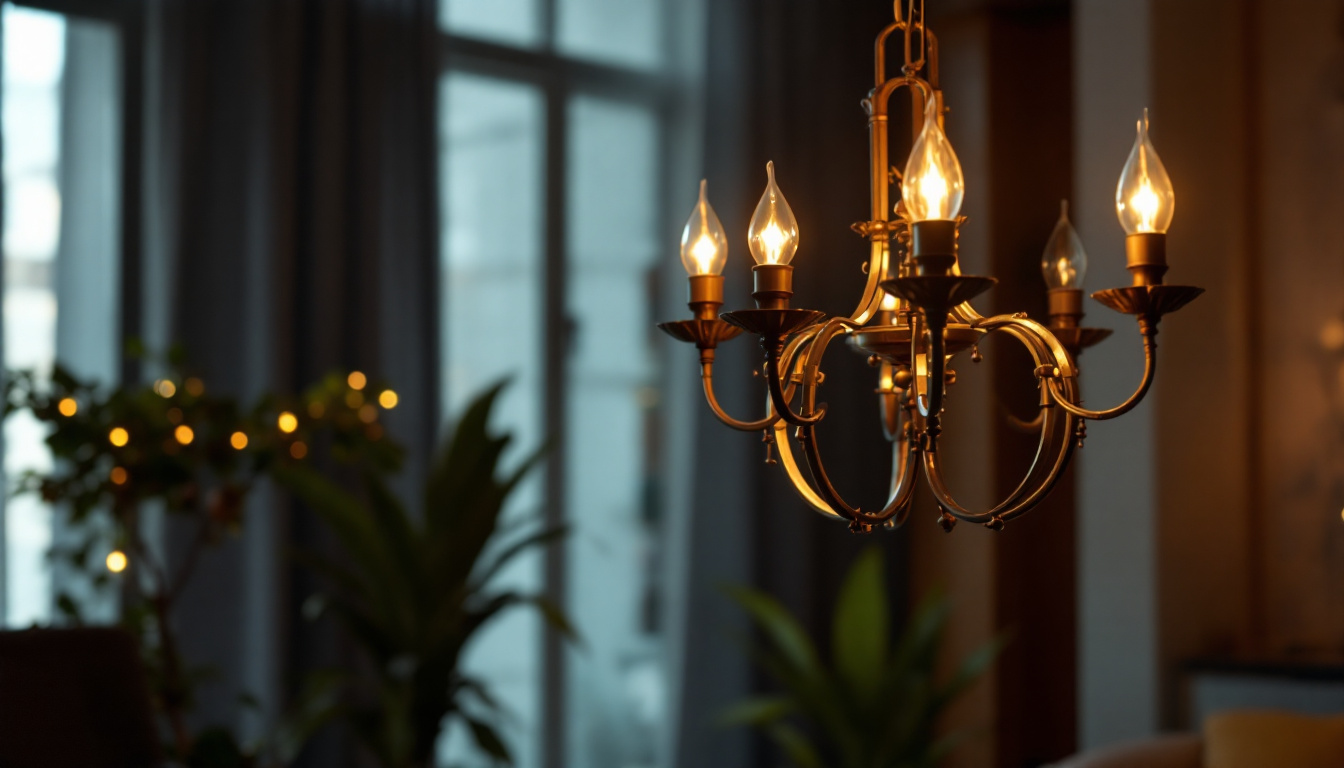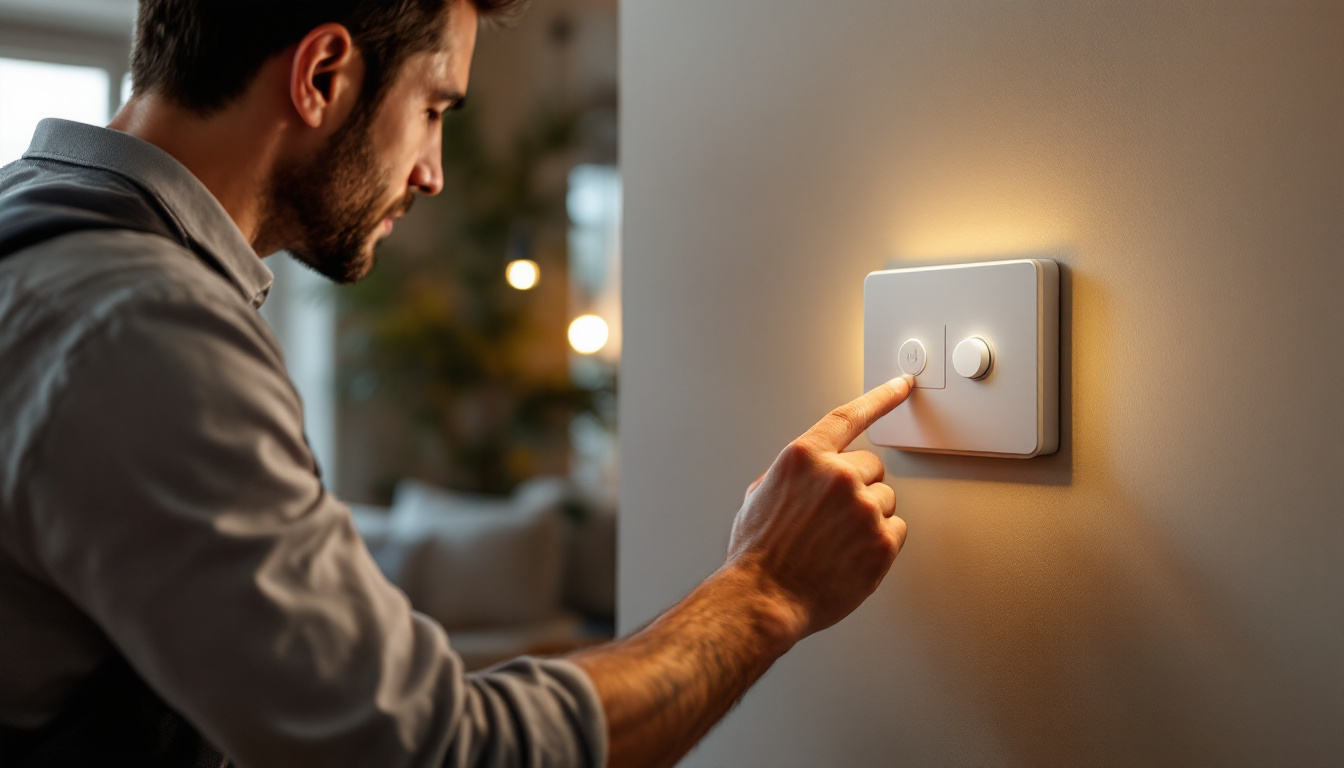
Fluorescent light fixtures have long been a staple in commercial and industrial lighting. The 4-foot variant is particularly popular due to its versatility and efficiency. However, for lighting contractors, understanding the nuances of these fixtures is crucial for successful installations and satisfied clients. This article will explore the essential do’s and don’ts that every lighting contractor should keep in mind when working with 4 ft fluorescent light fixtures.
Fluorescent light fixtures are designed to provide bright, energy-efficient lighting in various settings. The 4-foot models are commonly used in offices, warehouses, and retail spaces. Their design typically accommodates two or four tubes, allowing for a range of brightness levels depending on the needs of the space.
There are several types of 4 ft fluorescent fixtures available on the market, each suited for different applications. Some of the most common include:
Understanding the differences between these types will help contractors make informed decisions based on the specific requirements of their projects. Additionally, there are specialized fixtures designed for unique environments, such as moisture-resistant models for kitchens and bathrooms, or explosion-proof fixtures for industrial settings. These variations ensure that there is a suitable option for nearly every application, enhancing both safety and functionality.
4 ft fluorescent fixtures offer numerous advantages that make them a preferred choice for many contractors:
These benefits not only enhance the quality of lighting but also contribute to overall cost savings for clients. Furthermore, the versatility of 4 ft fluorescent fixtures allows them to be integrated into smart lighting systems, which can adjust brightness based on the time of day or occupancy levels. This adaptability not only maximizes energy savings but also creates a more comfortable and productive environment for occupants. As sustainability becomes increasingly important, the use of fluorescent lighting is a step towards reducing carbon footprints while maintaining effective illumination.
One of the most critical aspects of installing 4 ft fluorescent fixtures is selecting the appropriate type for the specific environment. Consider factors such as:
By aligning the fixture choice with the application, contractors can ensure optimal performance and aesthetics. Additionally, it’s important to take into account the color temperature of the fluorescent tubes, as this can significantly affect the ambiance of the space. For instance, cooler temperatures (5000K) are often preferred in work environments to enhance focus and productivity, while warmer temperatures (3000K) can create a more inviting atmosphere in residential or hospitality settings. Furthermore, considering the fixture’s energy efficiency rating can lead to long-term savings on electricity bills, making it a wise investment for both commercial and residential applications.
Correct wiring is essential for the safe and efficient operation of fluorescent fixtures. Here are some key considerations:
Taking the time to ensure proper installation will pay off in the long run, reducing callbacks and enhancing client satisfaction. Additionally, it’s advisable to conduct a thorough inspection of the electrical system before installation. This includes checking for any existing damage or wear on wires and ensuring that circuit breakers are functioning correctly. Proper grounding is also crucial, as it helps protect against electrical surges and enhances safety. Implementing these precautions not only ensures compliance with safety standards but can also prolong the lifespan of the fixtures and reduce maintenance costs over time.
Fluorescent fixtures require a ballast to regulate the current flowing to the lamps. It’s essential to choose a ballast that is compatible with the specific type of fluorescent tubes being used. Factors to consider include:
Understanding ballast compatibility will help in achieving optimal performance and longevity of the lighting system. Moreover, it’s worth noting that electronic ballasts are generally more efficient and quieter than magnetic ones, making them a preferred choice for many modern installations. They also tend to provide better flicker-free operation, which is particularly beneficial in environments where visual comfort is paramount. Additionally, consider the dimming capabilities of the ballast if adjustable lighting is desired; this feature can enhance energy savings and create a more versatile lighting solution tailored to various activities within the space.
Placement is critical when it comes to maximizing the effectiveness of fluorescent fixtures. Here are some common mistakes to avoid:
Taking the time to plan the layout carefully will ensure a well-lit environment that meets the needs of the space. Additionally, consider the specific activities that will take place in the area. For instance, workspaces that require detailed tasks may benefit from brighter, more focused lighting, while communal areas can utilize softer, more diffused light to create a welcoming atmosphere. Understanding the function of each space can significantly enhance the overall effectiveness of the lighting design.
While fluorescent fixtures are known for their longevity, regular maintenance is still necessary to ensure optimal performance. Here are some maintenance tips:
By prioritizing maintenance, contractors can help clients achieve the best performance from their lighting systems. It’s also beneficial to educate clients on the importance of monitoring their lighting systems. For example, keeping a log of when maintenance tasks are performed can help identify patterns, such as frequent bulb replacements, which may indicate deeper issues within the electrical system. This proactive approach not only extends the life of the fixtures but also enhances safety by reducing the risk of electrical failures.
With the growing emphasis on sustainability, it’s important for contractors to consider energy-efficient options when installing fluorescent fixtures. This includes:
By staying informed about energy-efficient technologies, contractors can offer clients solutions that are both cost-effective and environmentally friendly. Furthermore, educating clients on the long-term benefits of these technologies can lead to increased satisfaction and loyalty. For instance, while the initial investment in LED technology may be higher, the reduction in energy costs and maintenance needs can result in significant savings over time. Additionally, promoting the use of energy-efficient lighting can also enhance a business’s reputation, as more consumers are drawn to companies that prioritize sustainability and environmental responsibility.
Flickering lights are a common issue encountered with fluorescent fixtures. This can be caused by various factors, including:
Identifying the root cause quickly can save time and prevent further complications during installation or maintenance.
Inconsistent brightness can be frustrating for both contractors and clients. Potential causes include:
By addressing these issues promptly, contractors can maintain high standards of quality in their installations.
4 ft fluorescent light fixtures remain a reliable choice for many commercial and industrial applications. By adhering to the do’s and don’ts outlined in this article, lighting contractors can enhance their installations, improve client satisfaction, and ensure the longevity of their lighting systems. With careful planning, proper installation techniques, and a focus on energy efficiency, contractors can navigate the challenges associated with fluorescent lighting while delivering exceptional results.
As the lighting industry continues to evolve, staying informed about the latest trends and technologies will be essential for contractors looking to maintain a competitive edge. Embracing best practices and understanding the intricacies of 4 ft fluorescent fixtures will not only benefit contractors but also contribute to more sustainable and effective lighting solutions for clients.
Ready to elevate your lighting installations with the best products on the market? Look no further than LumenWholesale for all your 4 ft fluorescent light fixture needs. We provide contractors with high-quality, specification-grade lighting solutions at prices that can’t be beaten. Say goodbye to local distributor markups and hello to our extensive selection that meets rigorous industry standards. Plus, with free shipping on bulk orders, you can stock up on superior lighting without worrying about hidden fees. Don’t compromise on quality or value; choose LumenWholesale for a seamless blend of excellence and affordability. Wholesale Lighting at the Best Value is just a click away.

Explore the essential role of fluorescent ballast types in lighting installations.

Discover the subtle differences between 4000K, 4100K, and 4200K lighting temperatures and learn expert tips to enhance your projects.

Discover the essentials of chandeliers in just five minutes with this quick guide tailored for lighting contractors.

Discover effective strategies and proven methods for lighting contractors to optimize switch timers for lights.